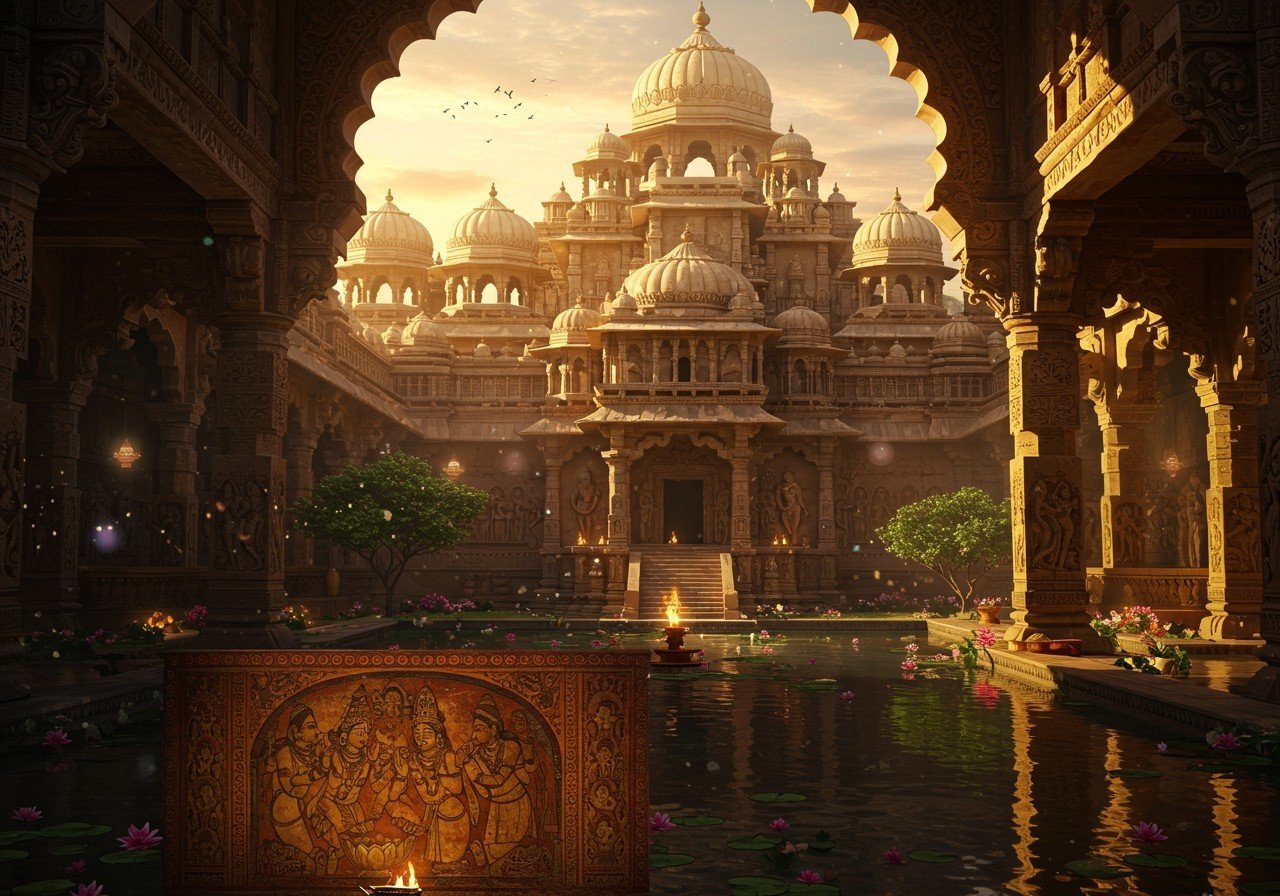
The Vakataka Dynasty represents a significant yet often overlooked era in Indian history, particularly regarding art and architecture. Flourishing from the 3rd to 5th centuries CE in the Deccan region, this dynasty left behind a rich legacy admired even today. Known for their patronage of art and culture, the Vakatakas’ contributions have profoundly impacted Indian heritage. For those seeking to connect with this rich history, poojn.in offers a wide selection of cultural and religious items.
Historical Overview of the Vakataka Dynasty
Vindhyashakti founded the Vakataka Dynasty, establishing control over the Deccan region around 250 AD. Rulers like Pravarasena I and II expanded the kingdom, enhancing its cultural prominence. Political alliances, notably with the Gupta Empire, and conflicts shaped the dynasty’s trajectory. The Vakatakas implemented advanced administrative and governance systems for their time. Key events during their reign significantly influenced cultural and architectural developments. The prevailing social and economic conditions further fueled their artistic endeavors. However, factors such as political instability and external pressures eventually led to the dynasty’s decline around 500 AD.
Artistic Expressions of the Vakataka Dynasty
The Vakatakas were renowned patrons of art, particularly religious art. Various art forms flourished under their rule, including sculpture, painting, and decorative arts. Hindu and Buddhist iconography were prominent themes in Vakataka art. Skilled artisans and craftsmen contributed significantly to the artistic legacy, influencing neighboring regions and later traditions. Exquisite examples of Vakataka art, such as intricate carvings and frescoes, can be found in temples and caves, imbued with profound symbolism and religious meaning. The techniques and materials employed by Vakataka artists contributed to their distinctive artistic style.
Architectural Marvels of the Vakataka Dynasty
The Vakataka Dynasty is celebrated for its remarkable architectural achievements and innovations. They employed sophisticated rock-cut techniques in constructing temples and caves. Distinctive architectural features, including pillars, facades, and interior decorations, characterized their style. Prominent sites like the Ajanta Caves exemplify their architectural brilliance. Religious and cultural significance were integral to their designs. Patronage and sponsorship played a vital role in realizing these ambitious projects. Vakataka architectural styles significantly influenced later Indian architectural traditions. If you’re fascinated by this architectural heritage, explore Badami Cave Temples and Sas Bahu Temples on poojn.in for further insights.
The Vakataka Dynasty and the Ajanta Caves
The Ajanta Caves stand as one of the Vakataka Dynasty’s most significant contributions to Indian heritage. Located in Maharashtra, these caves hold immense historical importance due to their creation and patronage by Vakataka rulers, particularly during the period from 250 AD to 500 AD. These caves feature exquisite rock-cut sculptures and frescoes depicting Jataka tales and Buddhist teachings. The techniques employed in these artworks are truly remarkable, showcasing the dynasty’s profound dedication to Buddhist monastic life and pilgrimage. The Ajanta Caves have had a profound and lasting impact on Indian art and architecture. Delve deeper into the Kandariya Mahadeva Temple and its religious significance on poojn.in.
Cultural Contributions of the Vakataka Dynasty
Beyond art and architecture, the Vakataka Dynasty enriched Indian culture in various ways. They championed literature and scholarship, leading to the creation of notable literary works. Religious advancements during their rule fostered the growth of both Hinduism and Buddhism. Music and performing arts thrived under their patronage. Innovations in science and technology, including metallurgy, marked their era. Social practices, including festivals and rituals, were integral to Vakataka culture. Their legacy continues to shape Indian traditions to this day. Discover a wide range of spiritual and cultural products inspired by these traditions at poojn.in.
Frequently Asked Questions about the Vakataka Dynasty
What were the Vakatakas known for? The Vakatakas were renowned for their significant contributions to art, architecture, and culture, particularly in the Deccan region of India between 250 AD and 500 AD.
What distinguishes Vakataka art? Vakataka art is characterized by its intricate paintings and sculptures, often depicting scenes from Buddhist and Hindu mythology, showcasing a unique blend of religious and artistic expression.
What is the connection between the Ajanta Caves and the Vakatakas? The Vakataka Dynasty played a crucial role in patronizing and developing the Ajanta Caves, a series of rock-cut caves that exemplify their architectural and artistic prowess.
What architectural style did the Vakatakas employ? The Vakatakas primarily used rock-cut architecture, evident in the Ajanta Caves and other structures, demonstrating their mastery of this technique.
Poojn.in: Connecting You to India’s Rich Cultural Heritage
Poojn.in, India’s leading online store for cultural and religious goods, offers a wide selection of products that resonate with the artistic and spiritual heritage of the Vakataka Dynasty. Explore our collection of deities, incense, and other puja essentials to enhance your spiritual practice.


